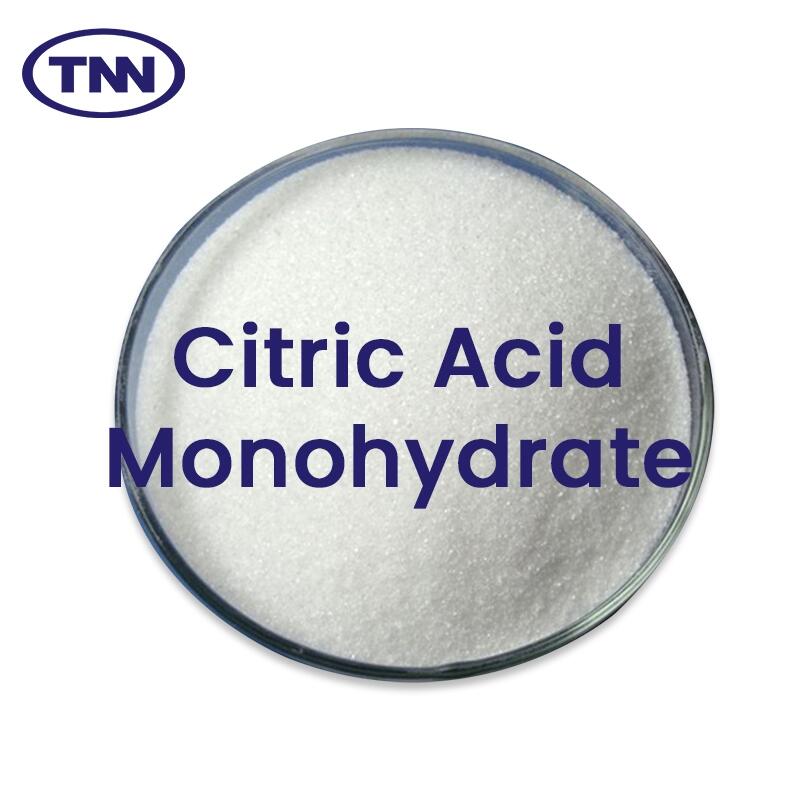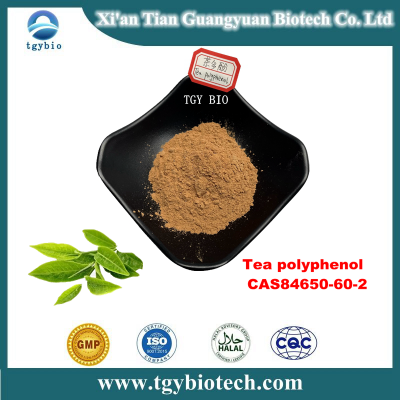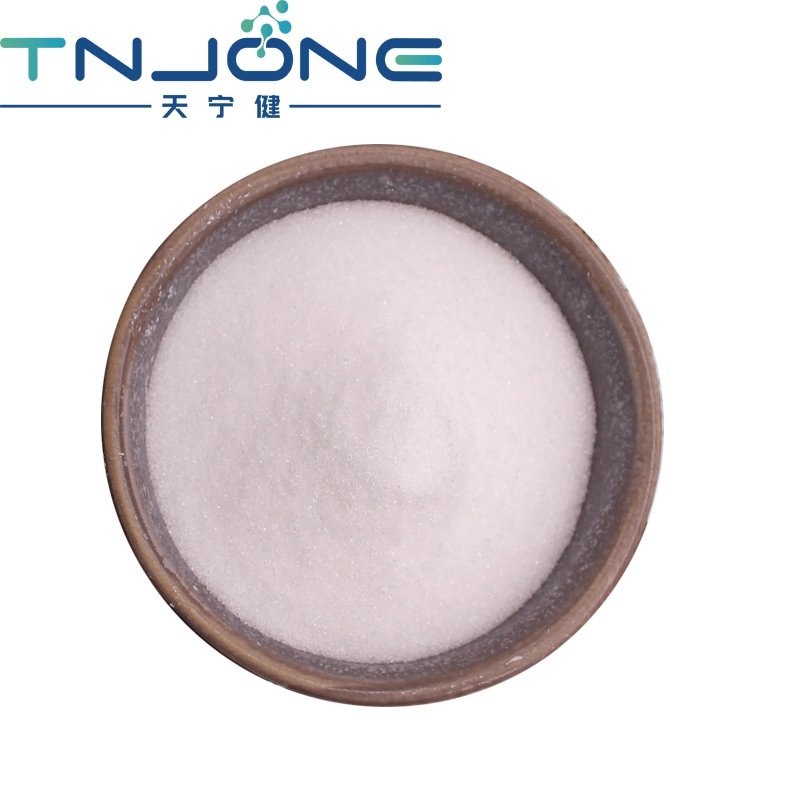-
Categories
-
Pharmaceutical Intermediates
-
Active Pharmaceutical Ingredients
-
Food Additives
- Industrial Coatings
- Agrochemicals
- Dyes and Pigments
- Surfactant
- Flavors and Fragrances
- Chemical Reagents
- Catalyst and Auxiliary
- Natural Products
- Inorganic Chemistry
-
Organic Chemistry
-
Biochemical Engineering
- Analytical Chemistry
-
Cosmetic Ingredient
- Water Treatment Chemical
-
Pharmaceutical Intermediates
Promotion
ECHEMI Mall
Wholesale
Weekly Price
Exhibition
News
-
Trade Service
experts point out that color is closely related to taste perception.
' Jeff Greaves
of Food Ingredient Solutions,
, says consumers can sense the flavor of the product from the color. (Image by
Inc.
available)As people become more interested in returning to nature, so does consumer demand for natural ingredients. As a result, beverage manufacturers are more likely to opt for natural colors when developing new formulations, leading to consumer appetite for buying.
Mukul Juneja
, marketing director of ADM
's Wild Spices and Special Ingredients division, points out that
consumers first use their own eyes to perceive the taste of the drink, so color is critical to the perception of taste. Proper color brightness and authenticity are critical to the overall consumer experience, so color is an important part of beverage formulation. The main trend in colored beverages now is to switch to naturally sourced pigments. The natural pigment market is growing much faster than the demand for artificial colors.
”The challenge of naturalwhile natural color solutions can be attractive to consumers, they can also pose a range of challenges to product formulation.
's use of natural colors ensures that beverage brands meet consumer needs, which is powerful and attractive for increasing brand added value," said
Eric Jouenne
, global technical manager for
Chr. Hansen
's beverage division. But the challenge is to reduce costs and ensure the stability of natural pigments in specific media.
”
pauleau
, global manager of natural pigments at Nature
x, says beverage manufacturers should look at natural pigment solutions from a different perspective. "
"
consumers are looking more and more closely at labels, looking not only for known ingredients, but also for organic ingredients, less sugar, and new health claims," she explains. These trends mean that manufacturers must address the pigment problem from a more global perspective.
”
Stephen Lauro
, chairman of ColorMaker
Ltd., points out that there are many factors that must be taken into account when using natural colors in beverage formulations, and that the use of natural colors should be determined at the outset of the research and development process.explains:
"
manufacturers first consider the use of natural colors before flavoring, packaging and selling. Because the choice of a natural pigment affects the choice of flavor, packaging and even sales. Natural pigments can and can express the visual appeal of a beverage. However, natural pigments may
to
factors such as pH, heat processing, and lighting. Beverage developers must therefore carefully select flavoring systems (low
pH
or neutral
pH
), packaging (transparent bottles and opaque cartons) and thermal processing (hot cans,
natural
that are suitable for the conditions of the
(
Ultra-High Temperature ) UHT
)
HTST
.
Campbell Barnum
, DDW's vice president of brand and
development, also highlighted the important impact of natural colors on beverage formulations. "The
"
natural pigments can provide healthy ingredients for products that consumers are familiar with to meet the growing needs of consumers," he said. However, natural pigments also require more advanced technical support, as some pigments are relatively more stable in terms of thermal and light sensitivity, and in general, natural pigment mixtures are the most stable. It is best to be able to bind directly to the customer's beverage master agent to determine the most stable pigment solution.
”Jeff Greaves
president
Food Ingredient Solutions,
, points out that natural pigments may be more sensitive in some applications. Natural pigments are more sensitive to assaltic acid and vitamins than synthetic pigments and vary in color, strength, and stability based on
pH
values. Chr. Hansen
s
Jouenne
added that enhancing and reinforcing the beverage sector is another application with difficult use of natural pigments. He points out
"
" is that the interactions between each functional ingredient may be unstable, as each functional ingredient functions differently in the system. We must evaluate the product formulations in real-time shelf life studies to find out the effects of these ingredients on color stability. Juneja
of ADM / Wild Flavours
says a new generation of drinks featuring natural pigments is moving beyond synthetic colored beverages. But he also noted that beverage manufacturers must also consider compliance issues when using natural ingredients. "We
"
developers must take into account regulatory restrictions in North America when using naturally extracted pigments, he said. In Europe, for example, sedum is a stable yellow pigment that is allowed, but is banned in the United States.
”
, of naturex
, said: "One thing
"
needs to consider when using naturally extracted pigments is the
'
' claimed use. When manufacturers turn to plant or plant-sourced pigments, the lack of
'
natural standards can cause them unease, especially when food recalls are at an all-time high.
”
Brian Sethness
, Sales and Marketing Manager, Sethness Products
Ltd., notes that
"
Despite the obstacles to formula updates, natural colors provide beverage manufacturers with a consumer-attractive solution
-
trends in demand for authenticity and transparency. But when consumers read labels, they're looking for ingredients they can understand and understand, he added. Chr. Hansen
North American Marketing Manager
Christian Steffensen
has a similar view:
we conducted the latest consumer research (
Thought for Food
) and reached more than
1,200
moms across the United States. The results clearly show that this is an era of ingredient claims and clean labels; consumers are trying to avoid ingredients they don't understand. For modern consumers, natural ingredients are synound for high-quality living.
”
Emina Goodman
,
technical support manager for beverages and dairy products at Sensient Food Colors, believes that
: natural and organic pigment solutions offer a range of colors and tones. What I like most about them is their rich colors; nature provides us with a variety of plant sources that allow us to find pigment solutions in a wide range of colors. Especially when certain colors are mixed, nature gives us the building blocks to create these beautiful colors, such as our technological advances in
SupraRed
solutions that narrow the cost gap between natural and synthetic pigments.
” However, she also points out that there are some colors that have not yet been implemented using natural solutions, most typically the
FD
C Blue 1
) alternative colors. Many beverage
still
use artificial colors because they are more stable and offer a longer shelf life, says Stephen Lauro
of ColorMaker, a company that provides the company. (Photo by
PepsiCo Inc.
available) Transition to Natural experts point out that as more and more new products introduce cleaning labels, many existing beverage brands are claiming to have completed or are completing the transition to natural colors.
"
products in the U.S. market still use synthetic pigments, although that's changing," said
Greaves
of FI
S
. More and more companies are converting to natural colors or announcing their conversion plans. Steffensen
has also noticed this trend: at
Chr. Hansen
, we've found that consumer interest in natural pigments has been growing steadily over the years
-
leaders from smaller lily brands to mainstream markets have ambitiously announced strategies around natural ingredients, including natural colors. , however, experts point out that due to the challenges posed by natural pigment solutions, these transition brands may encounter obstacles when trying to match original products that use synthetic pigments.
,
of Naturex
, explains that
's existing products have two main challenges in the transition to natural products: maintaining the color flavor and cost that consumers love. Synthetics are highly concentrated and can be produced in large quantities in small and fast quantities. But nature is limited and has a longer production chain, from planting to processing, which is also affected by practicality, quality and price fluctuations, so of course they are more expensive. But the benefits far outweigh the costs. Natural pigments offer the possibility of creating healthier, more creative and innovative foods. This means that natural products provide a fun and convenient opportunity for modern consumers to return to nature.
” She continued:
"
" is accompanied by an increase or decrease in the perception of color and flavor. Consumers are looking for products with
labels - '
all natural flavors and colors
'
. But they are not always aware of changes in color intensity, flavor, aroma, texture, and shelf life during the transition from synthetic flavors and pigments to natural substances. Food can bring pleasure and mood changes, so even small changes in color or flavor can affect the attractiveness of the product. still use synthetic substances despite increased interest in natural and organic pigment solutions, artificial colors are still used in many beverage products.
despite consumers' tendency to natural colors, some beverage manufacturers choose to continue using artificial colors because they offer the longest shelf life," said
Lauro
of
ColorMaker
.
” Synthetic pigments can be determined at the end of the development process because, unlike natural pigments, they have little effect on the formulation process, he said. addition, many synthetic pigments are licensed under the Food, Drug and Cosmetic Act
FD-C
) enacted by the
FDA
.
Goodman
,
Sensient
, is also a benefit of using synthetic fragrances. Another benefit of using artificial colors is that the
FDA
certification process ensures that all
FD-C
color additives are used safely and appropriately.
barnum
,
of DDW
, says
FD-C
-certified synthetic pigments provide better light, temperature and
pH stability in beverage formulations
He points
"
" but there are some synthetic pigments that are prone to degradation in the presence of vitamin
C
, such as red







